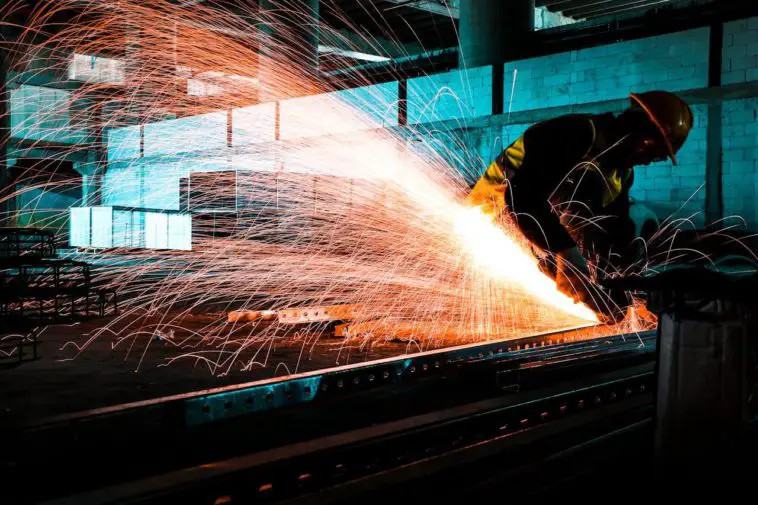Metal fabrication is a craft that has shaped the modern world, responsible for creating everything from skyscrapers to delicate surgical instruments. But fabricating metals, especially when it comes to complex projects, is rarely straightforward.
It’s a process that involves numerous technical and creative challenges, and overcoming these hurdles is often the difference between mediocrity and true excellence in the final product.
In this exploration, we’ll unlock the complexities of metal fabrication by sharing six essential tips.
Understanding the Problem
At the heart of any successful endeavor lies a clear understanding of the problem at hand. The first step is to define the problem statement as precisely as possible. This involves peeling back the layers of any ambiguities and ensuring all stakeholders have a unified understanding of what needs to be achieved.
In many cases, the initial problem can seem straightforward but unravel into complexities with deeper examination. Utilize your team’s expertise and take the time for thorough analysis.
Research materials, techniques, and similar projects to gather insights that can refine the problem scope and solution space.
Leveraging Technology
Modern manufacturing is heavily reliant on technology, and metal fabrication is no exception. Software tools such as CAD and CAM have revolutionized the ability to design and manufacture precision parts.
By using these tools, you can visualize complex structures, simulate manufacturing processes, and identify potential issues before they become costly problems. In the world of mass production, automation can significantly enhance efficiency without compromising on quality.
For example, robotic arms can perform repetitive tasks with unparalleled consistency, freeing up skilled workers to focus on more intricate aspects of the project.
Collaboration and Communication
Creating an ecosystem of collaboration and effective communication is crucial. Encourage a collaborative environment where team members can contribute their unique perspectives.
Unified communication platforms streamline the exchange of ideas and feedback, fostering an environment of transparency and efficiency. Your team is only one part of the puzzle. Suppliers, customers, and other partners often bring valuable insight to the table.
Engage with these stakeholders early and often to ensure their input helps shape the project’s direction.
Seek External Expertise When Necessary
Sometimes, the solution to a complex problem lies outside of your organization. Consulting with expert service providers, such as companies specializing in laser cutting to unlock creative possibilities with laser cutting in Melbourne, can provide a fresh perspective and unlock creative possibilities.
While your team may be highly skilled, sometimes it’s beneficial to tap into external talent pools. Collaborating with specialists in a particular technique or material can lead to innovative approaches and solutions.
Quality Control and Testing
Quality control should be a continuous process throughout fabrication, not a final step. Establish checkpoints at critical stages of production and empower your team to halt the process if an issue is detected.
Prototyping serves as a test for your design and manufacturing process. It allows you to validate the product’s functionality, fit, and form, as well as identify any design flaws that need to be rectified before full-scale production.
Adaptability and Flexibility
When faced with a roadblock, don’t be afraid to rethink your approach. Sometimes, the best solution lies in pursuing a completely different methodology or redefining the project’s parameters.
Maintaining a mindset of continual improvement is vital. Take lessons from each project, update your processes and technologies, and be prepared to pivot when necessary to meet the dynamic demands of the industry.




